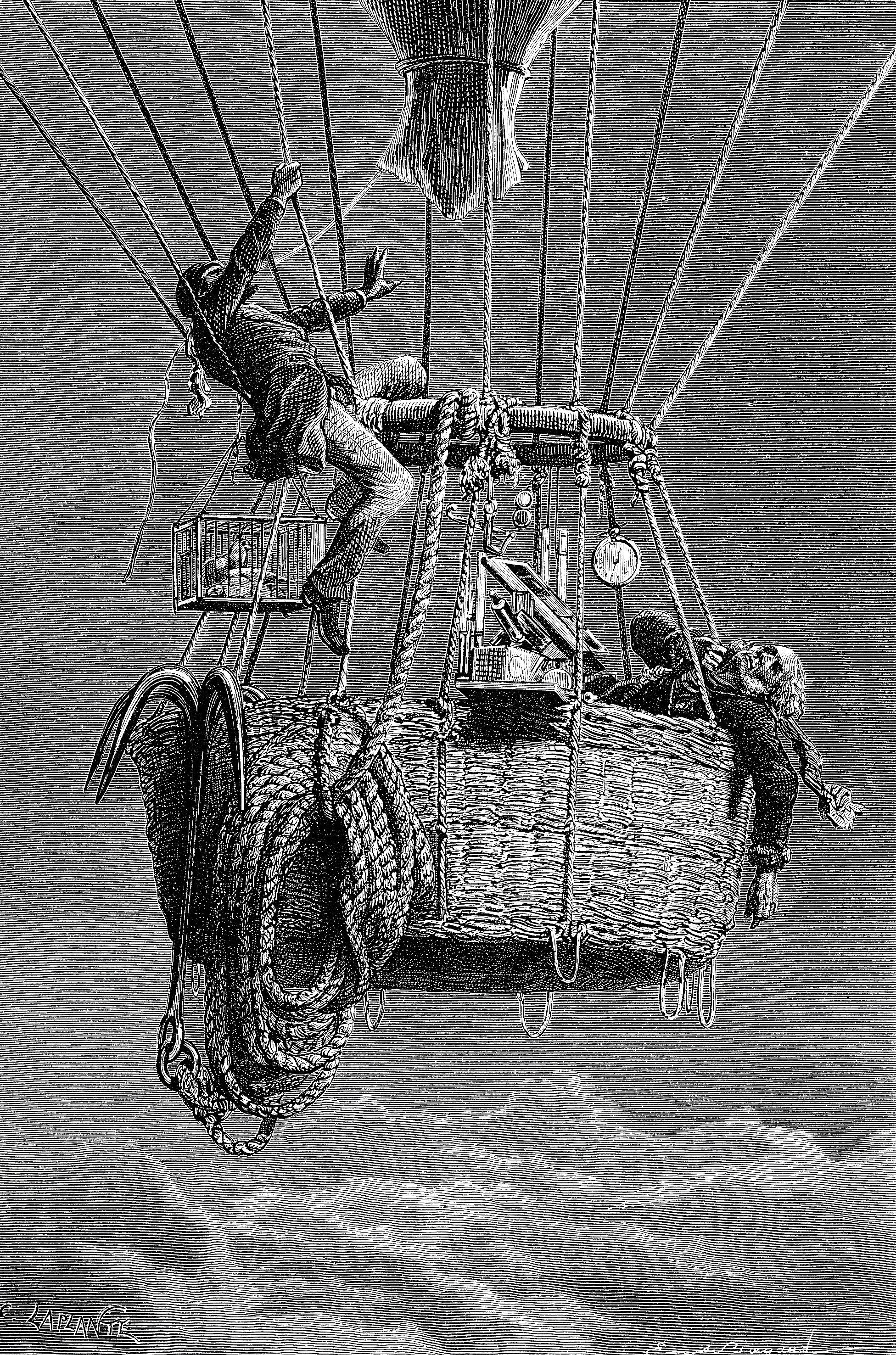Disaster at 37,000 feet
University Library archive reveals the facts behind the Hollywood myths of 'The Aeronauts'
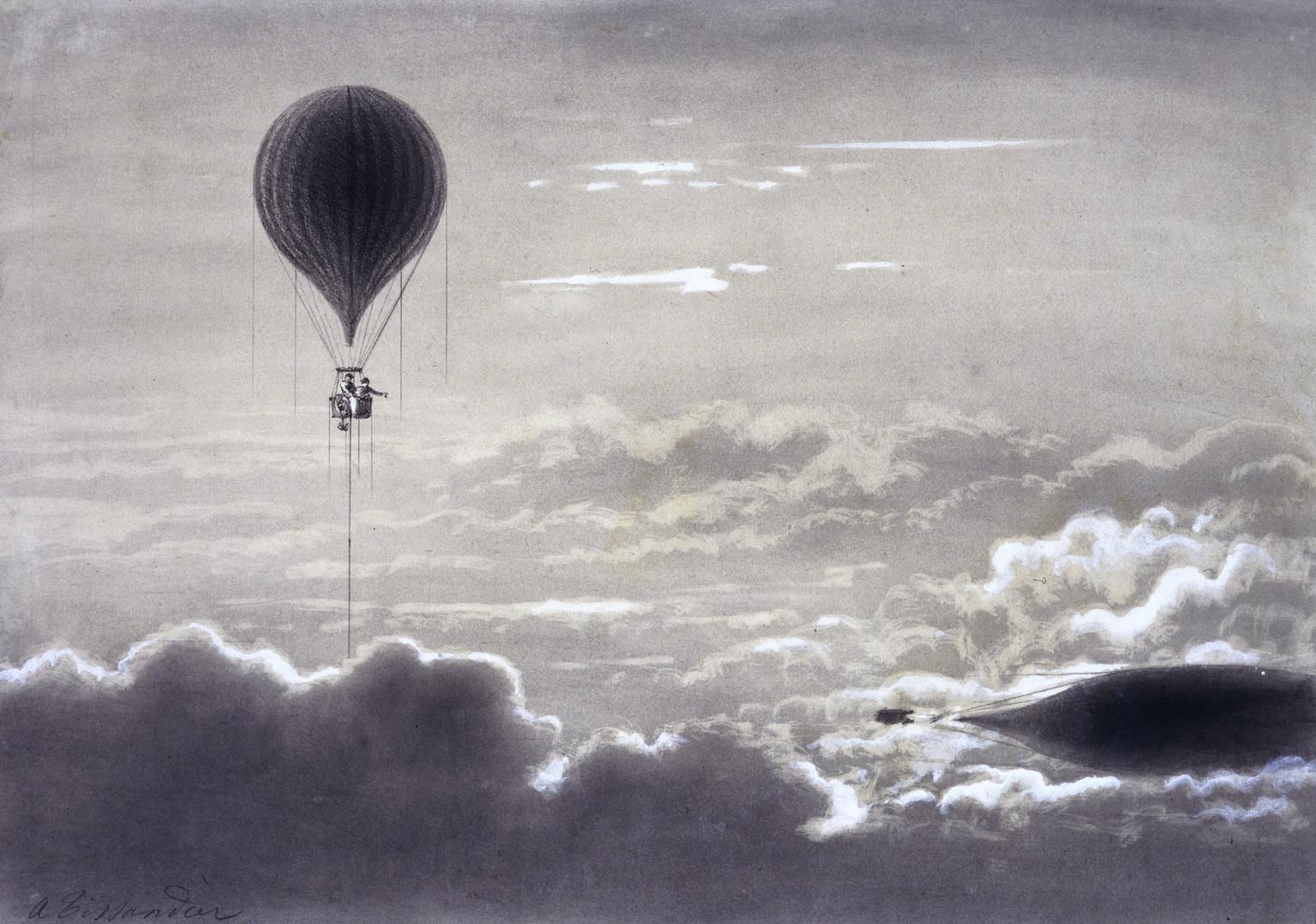
Rising uncontrollably through almost 37,000 feet in a gas balloon, into freezing temperatures with a twisted valve line preventing the necessary rapid descent back down to Earth, meteorologist James Glaisher had one thought in his mind, “I thought I had been seized with asphyxia, and that I should experience no more, as death would come, unless we speedily descended”.
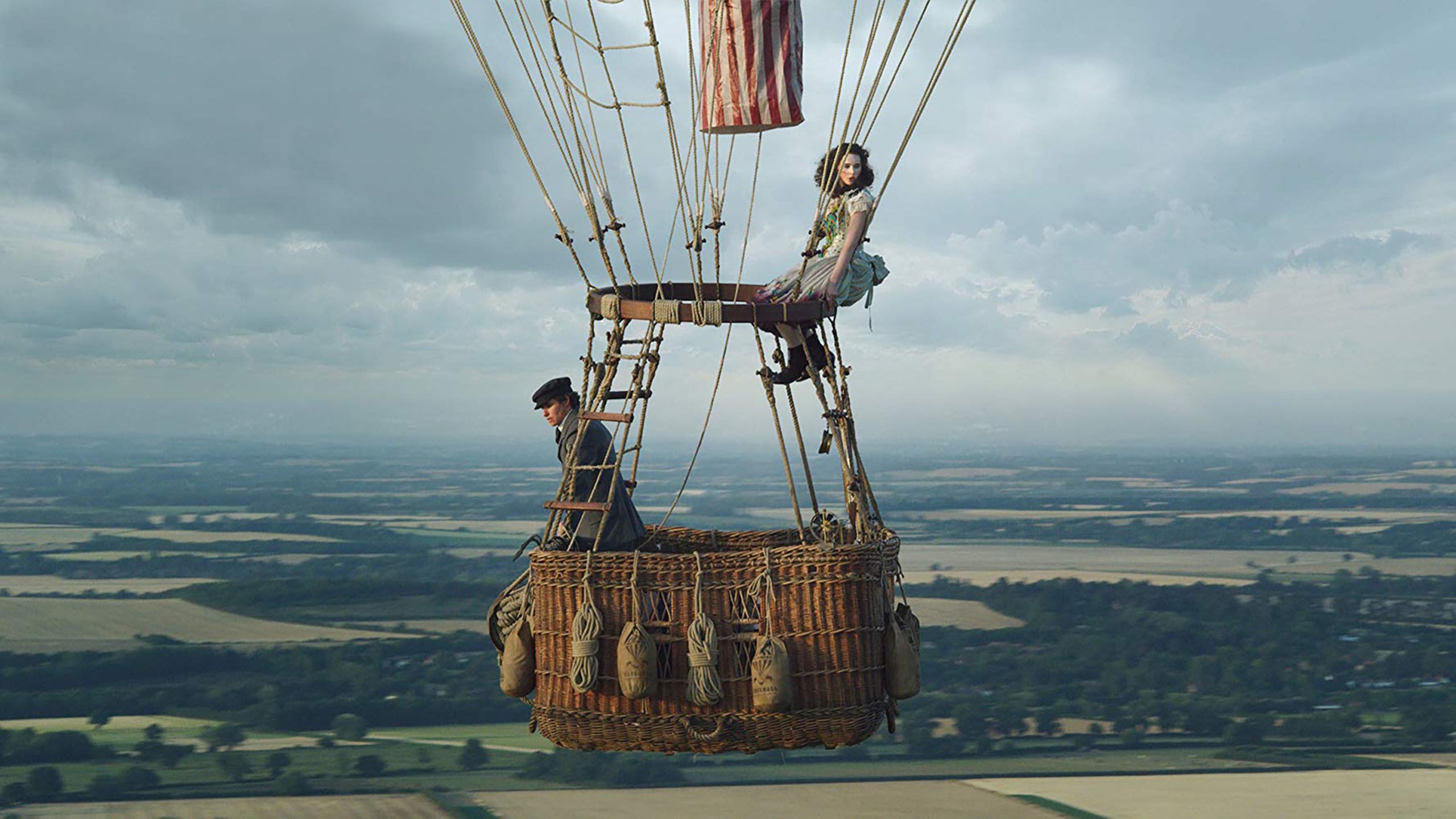
James Glaisher (Eddie Redmayne) and Amelia Wren (Felicity Jones) take flight in 'The Aeronauts'. Courtesy of Entertainment One
James Glaisher (Eddie Redmayne) and Amelia Wren (Felicity Jones) take flight in 'The Aeronauts'. Courtesy of Entertainment One
A unique collection of ballooning artefacts and writings, from newspaper articles to event posters, collected by renowned meteorologist and astronomer James Glaisher, is now on permanent loan at the University Library and gives a fascinating glimpse into the real events that have inspired a Hollywood film, as well as the ground-breaking meteorologist at the centre of the story.
The Aeronauts, which was released in October 2019, has received top reviews and is based on a number of pioneering balloon flights that took place in the 1800s, including Glaisher, and his pilot Henry Coxwell’s, record-breaking flight from Wolverhampton on 5 September 1862. While Coxwell is omitted from the film, Glaisher is played by Oscar winning actor, Eddie Redmayne who is joined on his ascent by fictional female pilot Amelia Wren, played by Felicity Jones, who is a combination of a number of pioneering female pilots of the time.
While the film’s plot does differ from historical facts, most notably changing the setting to London rather than Wolverhampton, it does bring to light the dramatic and remarkable achievements of Glaisher.
Born to a watchmaker in London in 1809, Glaisher expressed an interest in scientific instruments on a visit to the Greenwich Observatory and in 1833, joined the Cambridge Observatory as an assistant to Professor George Airy, making a series of observations on Halley’s comet in 1835. Following his mentor back to the Greenwich Observatory in 1835, Glaisher went on to join Royal Astronomical Society in 1841, and was elected a fellow of the Royal Society in 1849. Furthermore, he was a founding member of the Royal Aeronautical Society (1866) and the Meteorological Society (1850).
Throughout his life, Glaisher was a keen collector of aeronautical cuttings and images and amassed a significant collection over the years. Originally deposited at the Museum of Archaeology and Anthropology by Glaisher’s son, James Whitbread Lee Glaisher, the collection made its way to the University Library in 2006 via the Cambridge Antiquarian Society. The collection consists of a number of scrapbooks containing press cuttings relating to all matters of ballooning from popular ballooning adventures and expeditions to ballooning accidents as well as posters advertising balloon rides as well as hand-drawn illustrations of experimental aircraft.
Glaisher carefully cut and arranged the cuttings and included the date of publication and the source of the cutting in meticulous detail. Publications included are newspapers such as Telegraph, Evening Standard and Sunday Times as well as The Penny Illustrated Paper and The Graphic.
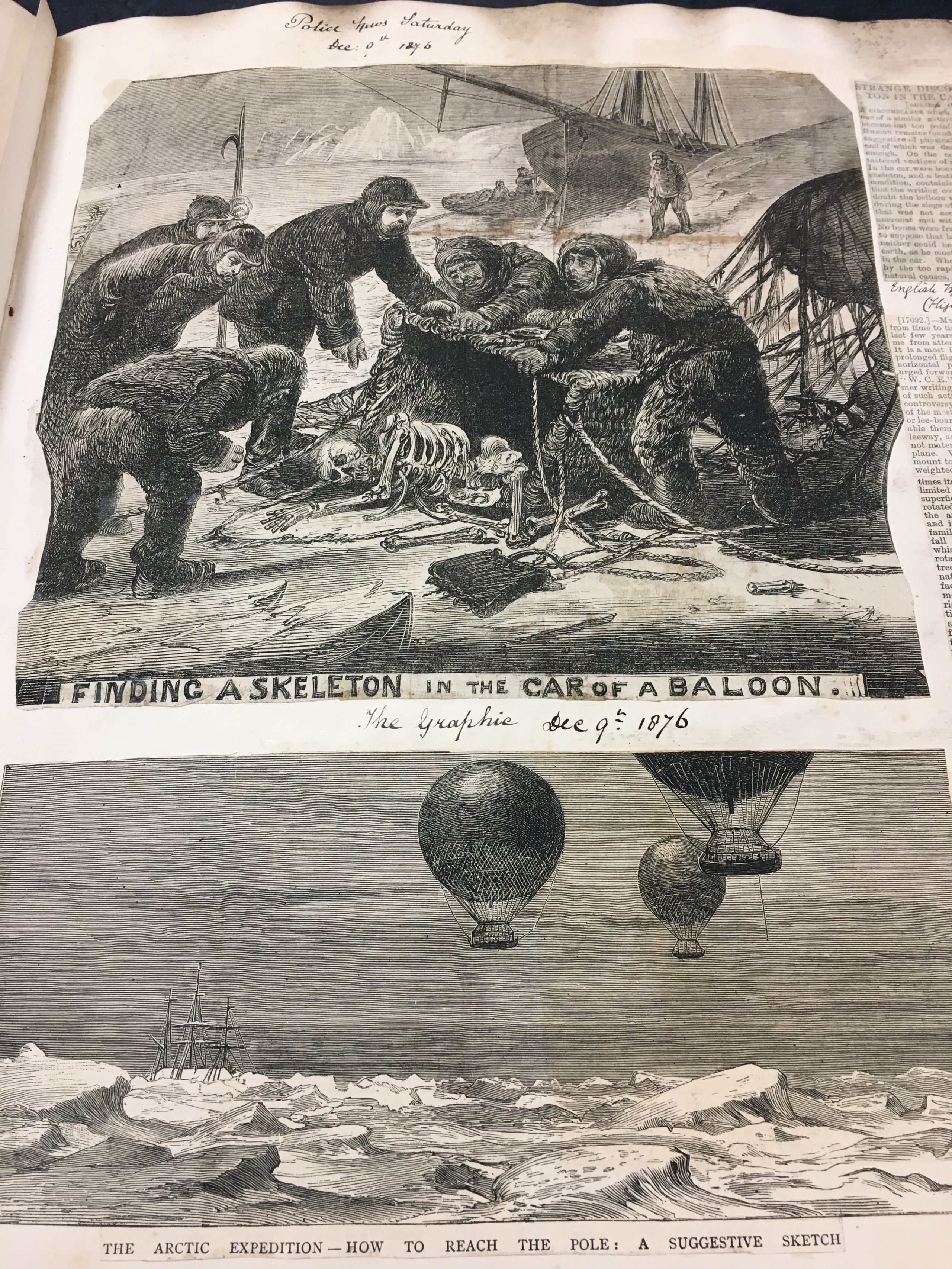
Illustrations from Police News Saturday (1876) and The Graphic (1876)
Illustrations from Police News Saturday (1876) and The Graphic (1876)
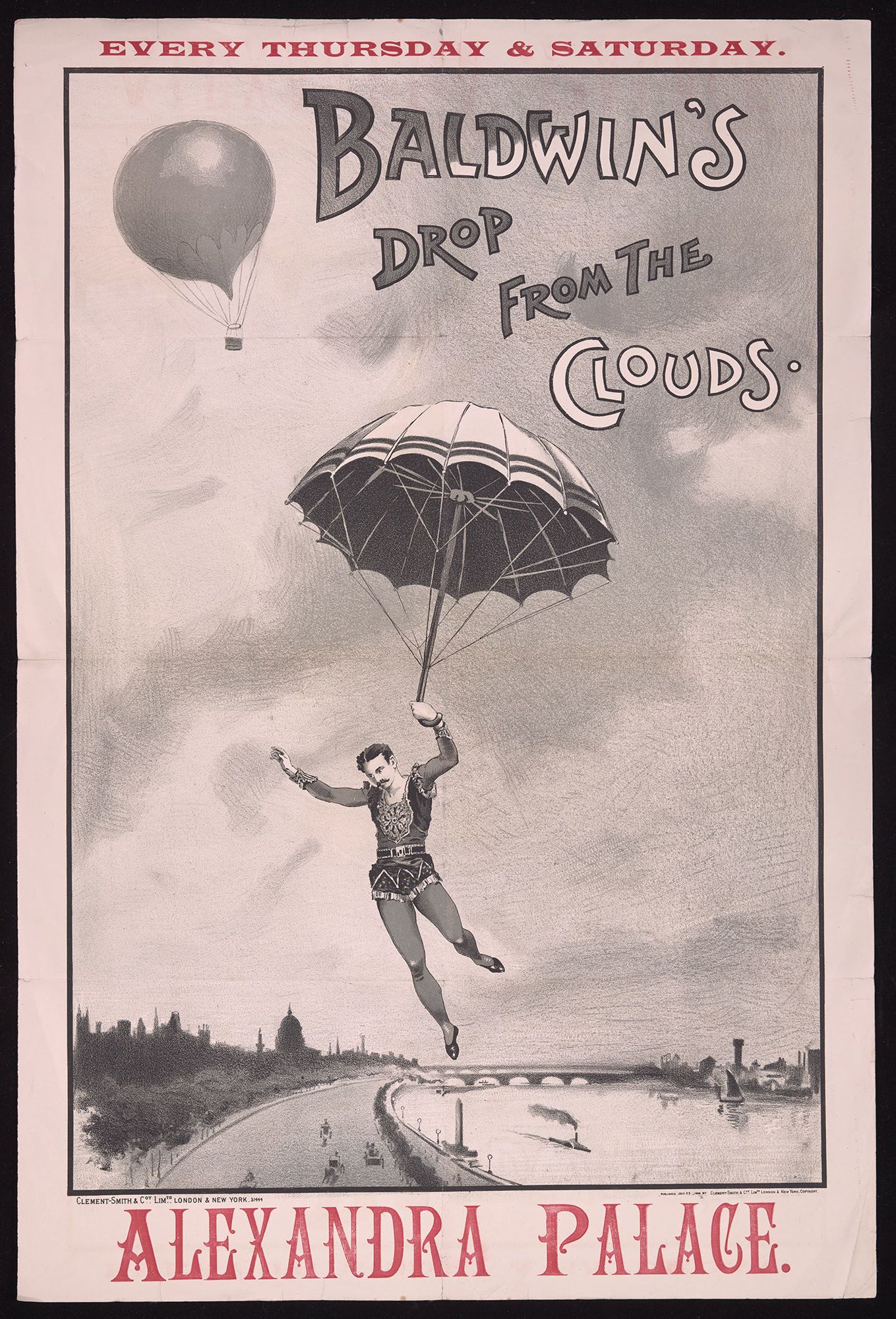
Baldwin's Drop From The Clouds, 1888
Baldwin's Drop From The Clouds, 1888
The collection also includes a number of posters advertising balloon rides and entertainment in London in the 1800s. From advertising captive balloon rides over a scale model of Stonehenge, to parachute jumps from balloons performed by American balloonist Thomas Scott Baldwin, and even ascents by American trapeze artists, the posters highlight the popularity of ballooning as a form of entertainment in Victorian times.
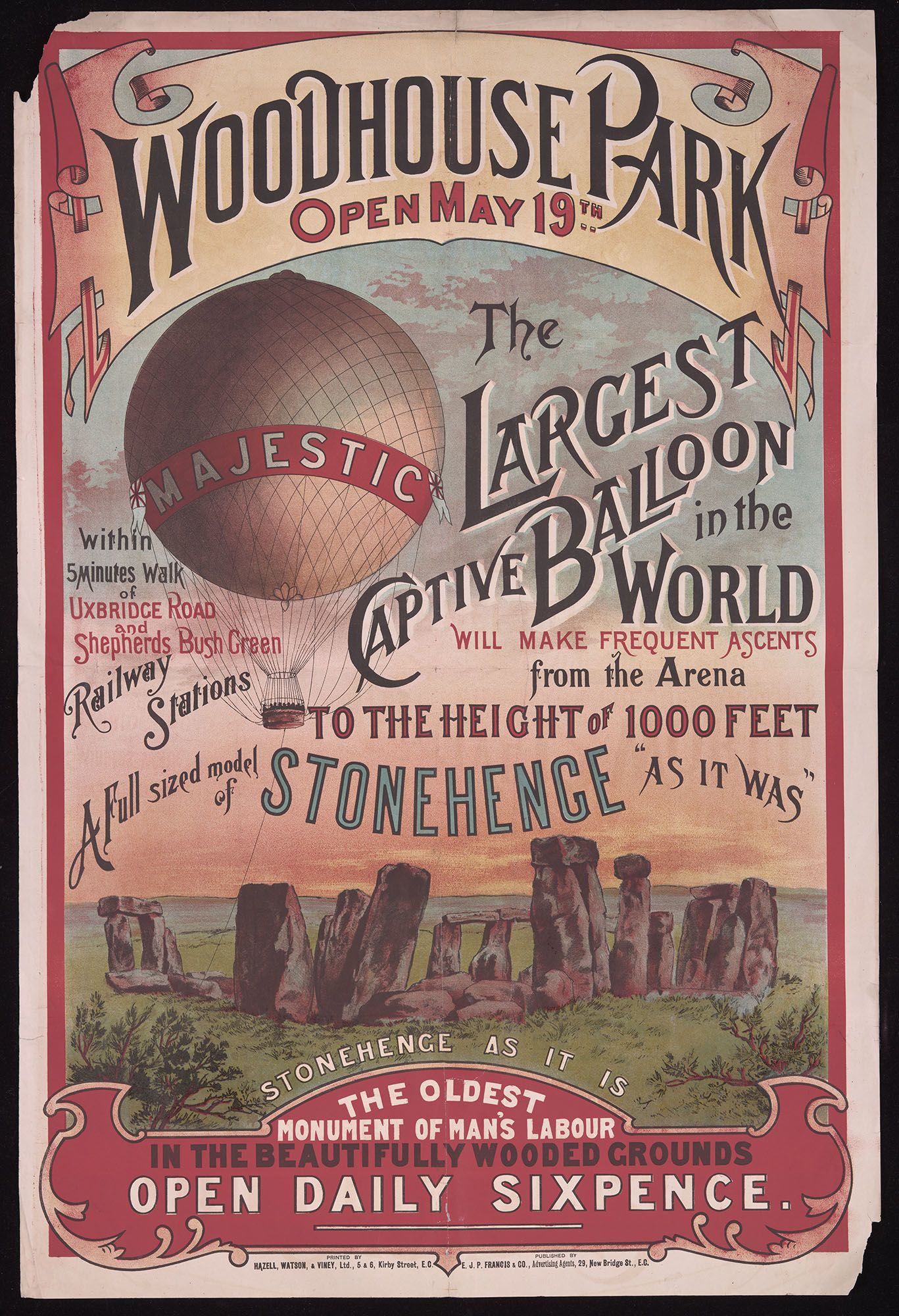
Majestic balloon at Woodhouse Park, 19 May 1889
Majestic balloon at Woodhouse Park, 19 May 1889
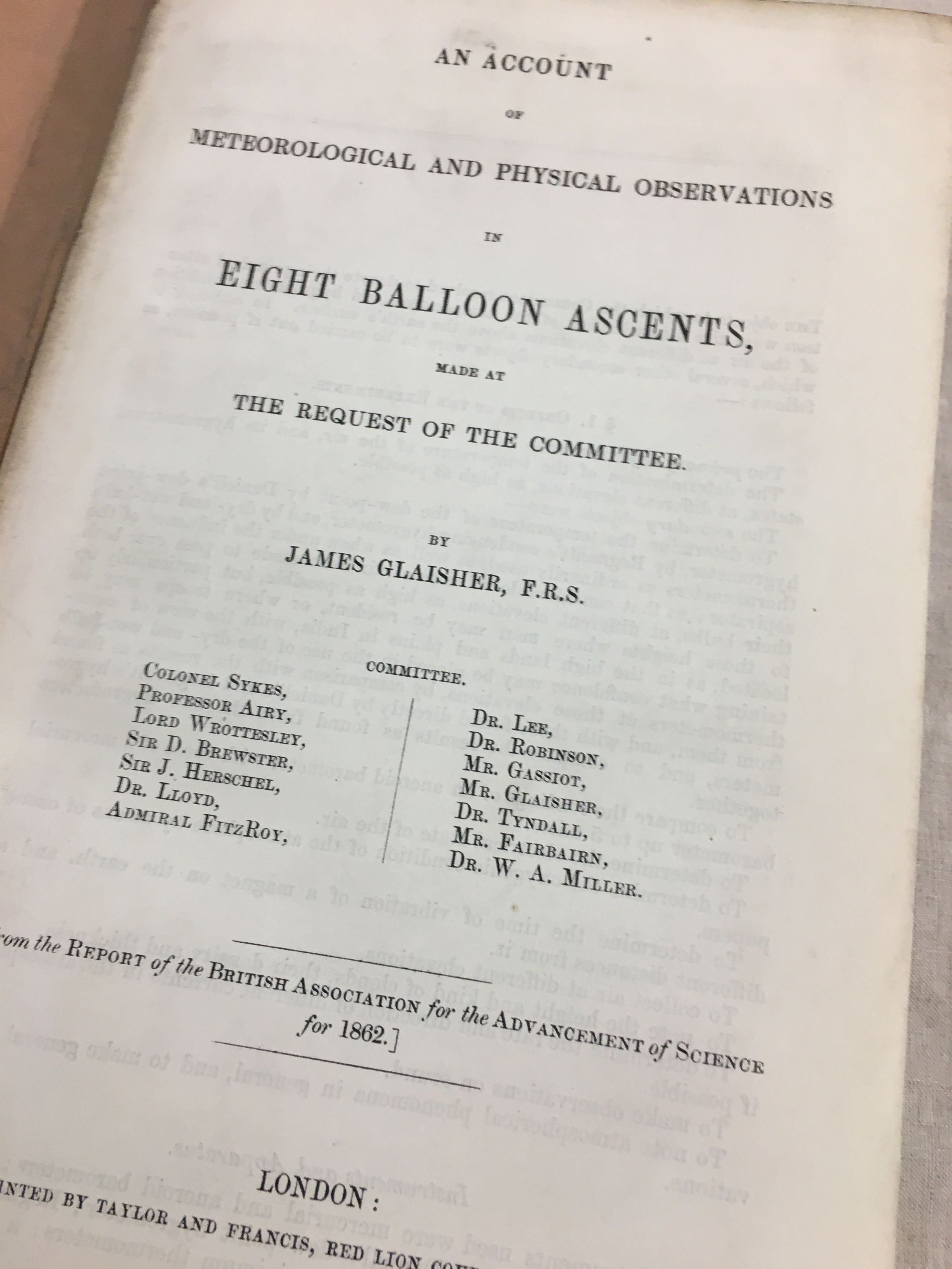
A copy of James Glaisher's report covering eight balloon ascents in 1862
A copy of James Glaisher's report covering eight balloon ascents in 1862
Perhaps most interesting item in the collection, is a copy of the report written by Glaisher reflecting on the 5 September flight, An Account of Meteorological and Physical Observations in Eight Balloon Ascents 1862. This is the one of the main flights that has inspired the recent film. The flight over Wolverhampton was the seventh out of eight ascents, the aim being to determine ‘the temperature of the air, […] its hygrometrical states, at different elevations, as high as possible’.
As part of research financed by the British Association for the Advancement of Science, Glaisher, along with aeronaut Henry Coxwell, took off from Stafford Road gasworks and ascended to approximately 37,000 feet to measure the humidity and temperature of the atmosphere, which would later lead to better prediction of the weather. At the time, this was the highest altitude reached by a manned flight on record.
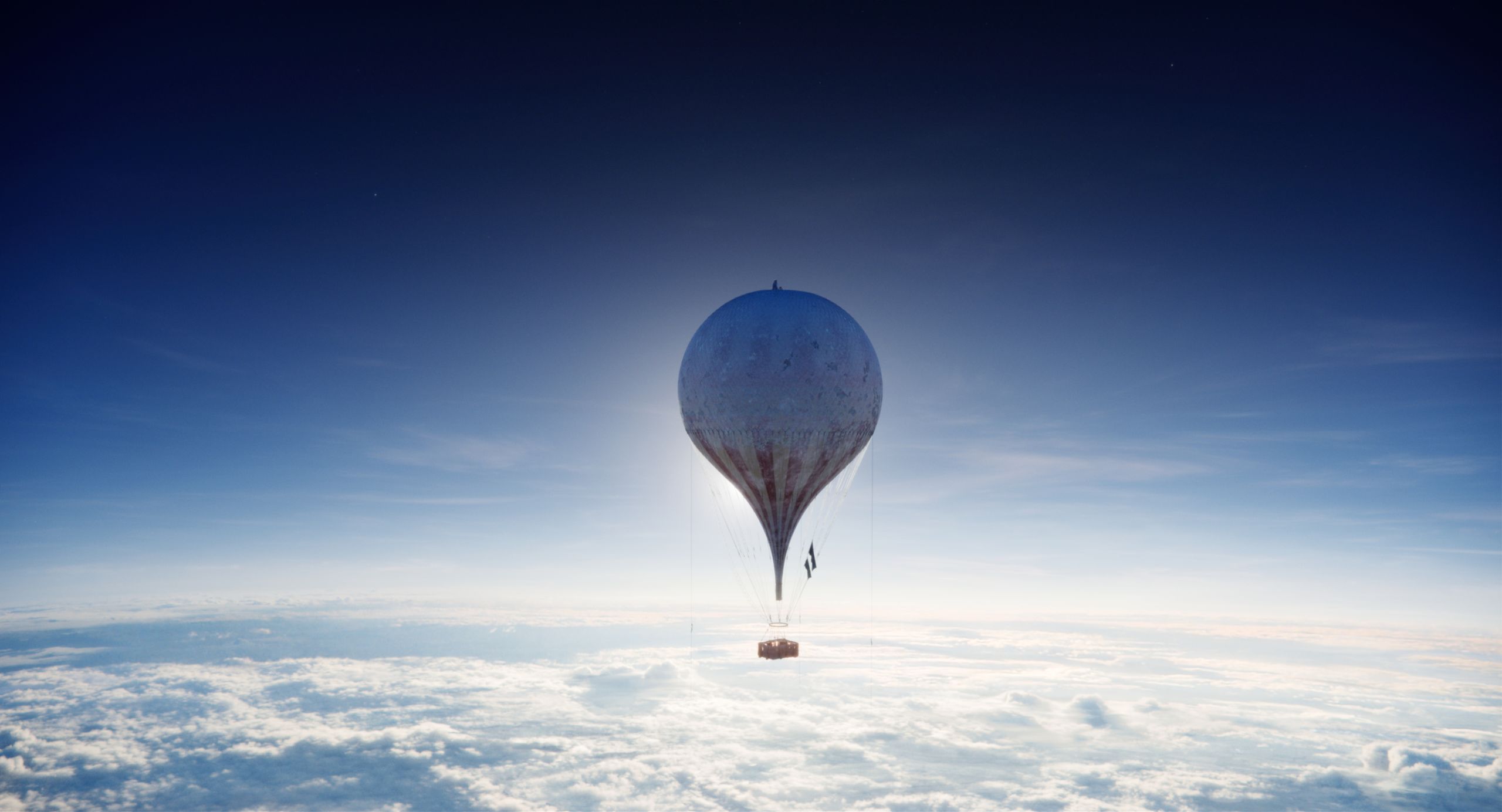
Courtesy of Entertainment One
Courtesy of Entertainment One
The Wolverhampton flight was not a controlled ascent. The flight had been delayed due to ‘unfavourable weather’ and throughout the report, Glaisher describes the balloon as ‘rising too quickly’ and ‘going around too quickly’. On his observation charts, Glaisher helpfully notes key events of the ascent and at what time and height they took place. For example, Glaisher notes that at 22,380 feet above sea level, he was having trouble reading his instruments and that by 26,350 feet he had ‘lost’ himself and could not read his instruments.
Mr. Glaisher insensible at the height of seven miles.
Mr. Glaisher insensible at the height of seven miles.
As a consequence of the turning motion of the balloon, a valve had become twisted and Coxwell had to climb out of the safety of the basket to rescue the balloon from almost certain disaster. Glaisher lost consciousness and Coxwell temporarily lost the use of his hands, leaving him no choice but to use his teeth to untangle the valve line. In Glaisher’s Travels in the Air, he discusses this moment, reflecting that “I struggled and shook my body again, but could not move my arms […] it seemed like I had no limbs”. Glaisher recalls in his report, “I rose in my seat and looked round, as though waking from sleep, though not refreshed”. Once the valve had become free, the balloon rapidly descended and landed some way from Northampton.
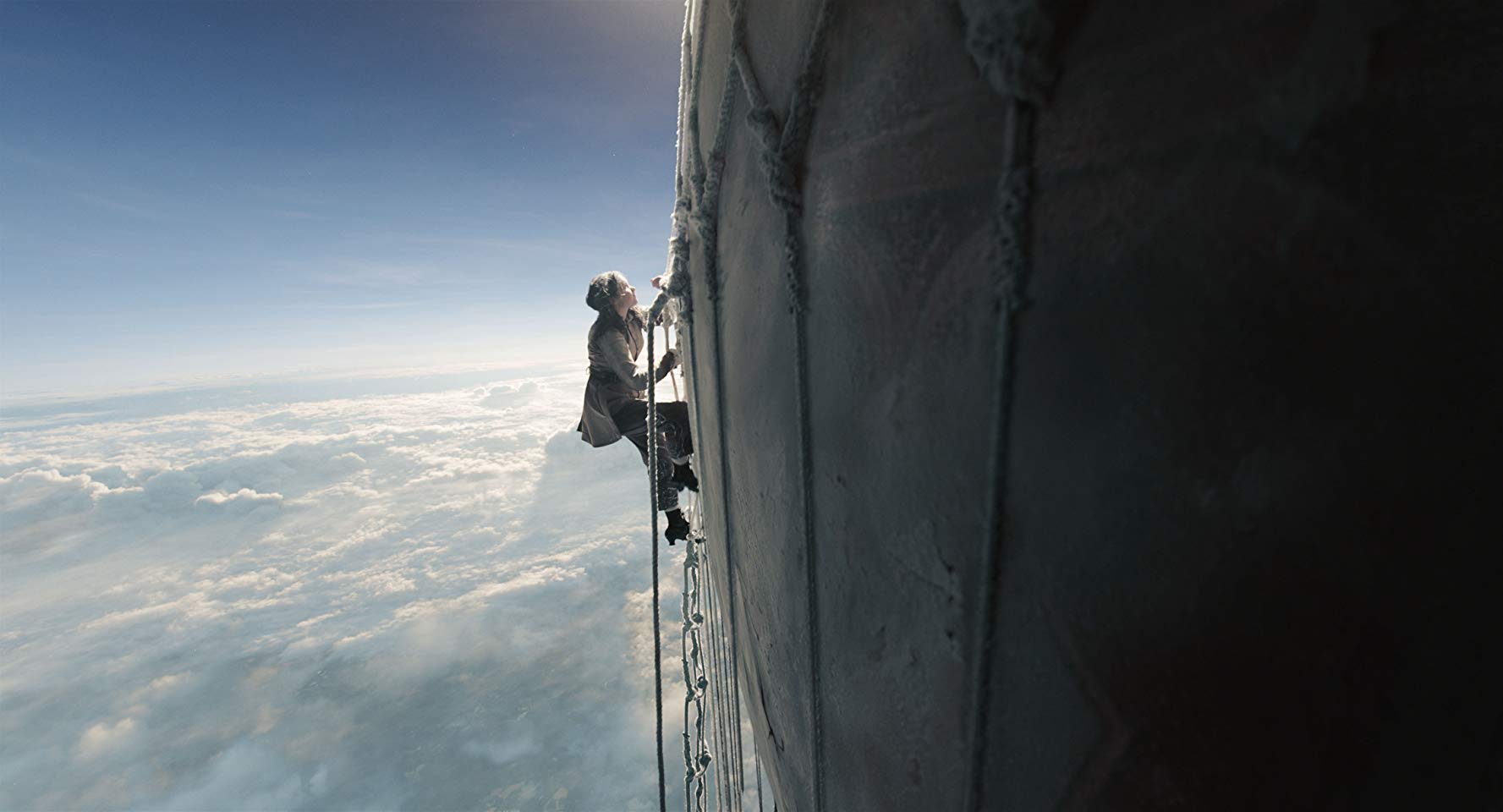
Amelia Wren (Felicity Jones) seen climbing up the balloon in 'The Aeronauts'. Courtesy of Entertainment One
Amelia Wren (Felicity Jones) seen climbing up the balloon in 'The Aeronauts'. Courtesy of Entertainment One
The collection also contains sheet music for a comic song about ballooning as well as scientific papers and correspondence relating to experiments that Glaisher was carrying out on behalf of British Association for the Advancement of Science and Mathematical Committee and Balloon Committee.
“If one was looking for insights into the development of ballooning and early aeronautical flights in the nineteenth century and how such activities were reported then the collection offers a useful starting point”, says Karen Davis, Archivist in Archives and Modern Manuscripts. The collection is a “rich resource” of all matters relating to ballooning from “local, national and international media from the late eighteenth century to the early twentieth century”.
Glaisher and Coxwell in the car from Travels in the Air (1871)
Glaisher and Coxwell in the car from Travels in the Air (1871)
The Cambridge Antiquarian Society Glaisher Collection of aeronautical engravings and pictures, is available to request and view in the Manuscripts Reading Room at Cambridge University Library. (MS Add.10207)
The text in this work is licensed under a Creative Commons Attribution 4.0 International License.




